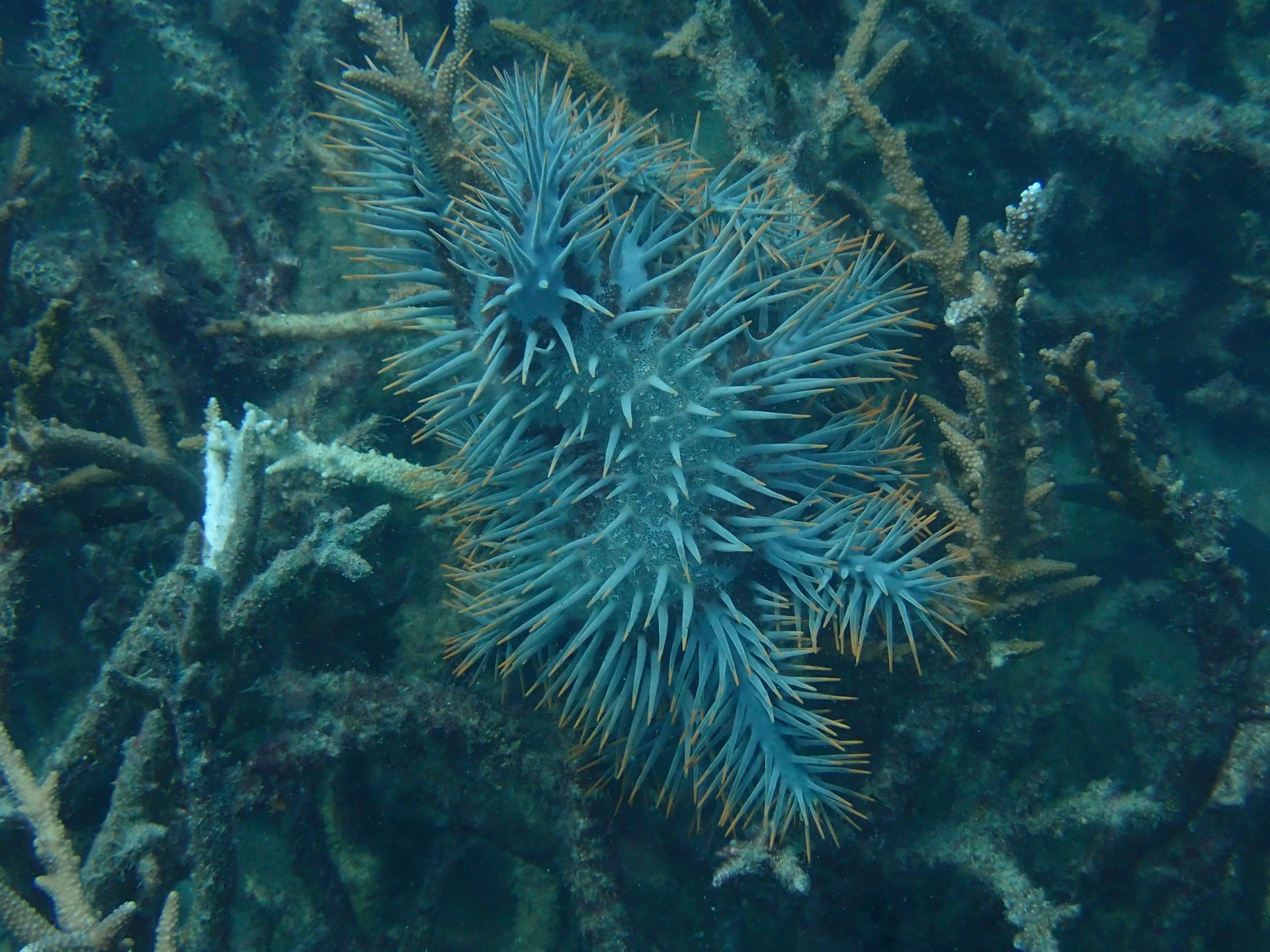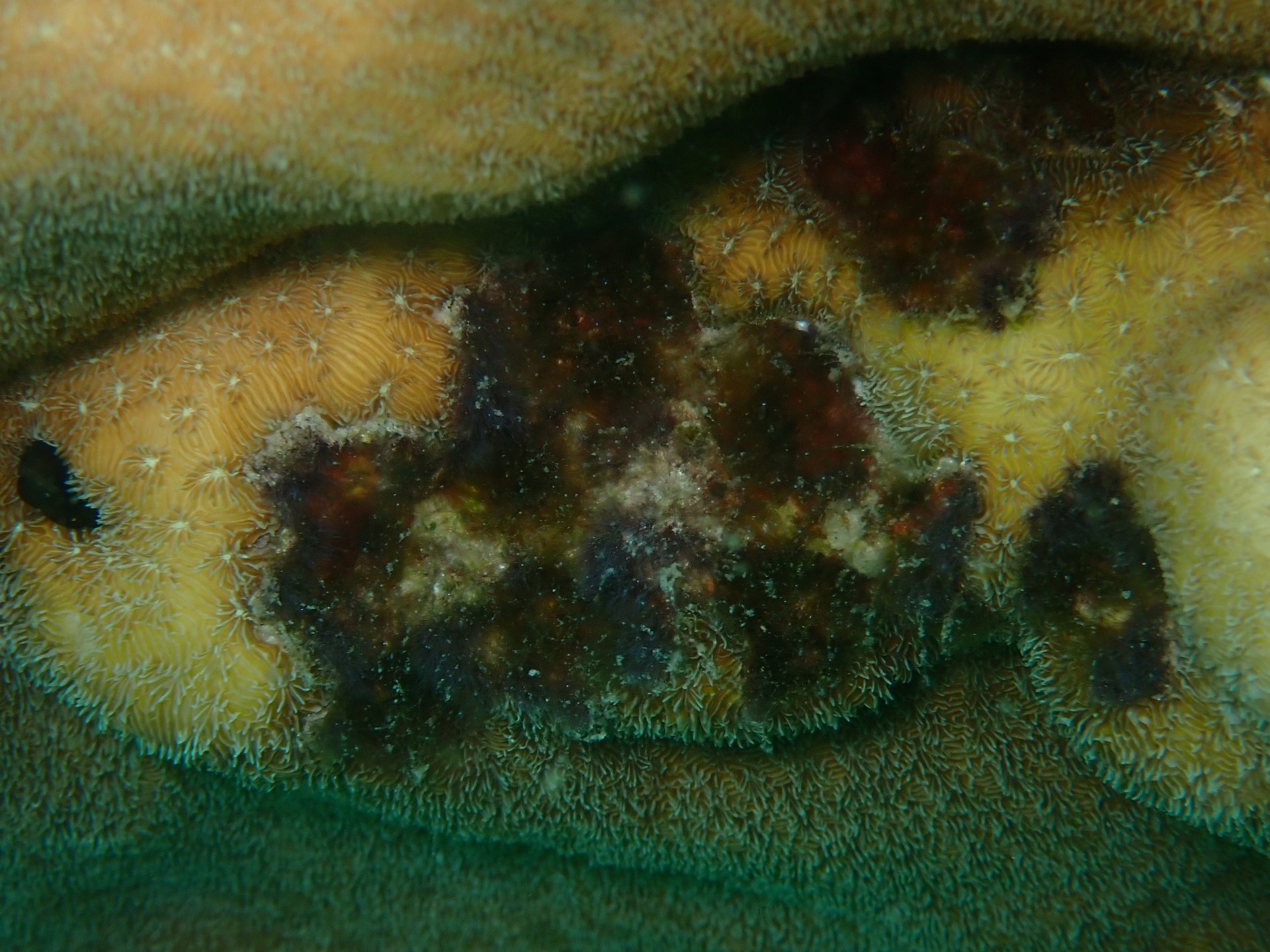Deep learning for multilabel classification of coral reef conditions in the Indo-Pacific using underwater photo transect method
Research Overview
Because coral reef ecosystems face human activities and climate change threats, coral reef conservation programs are implemented worldwide. Monitoring coral health provides references for guiding conservation activities. However, current labor-intensive methods result in a backlog of unsorted images, highlighting the need for automated classification. Few studies have simultaneously utilized accurate labels along with updated algorithms and datasets. This study aimed to create a dataset representing common coral reef conditions and associated stressors in the Indo-Pacific. Concurrently, it assessed existing classification algorithms and proposed a new multilabel method for automatically detecting coral reef conditions and extracting ecological information. A dataset containing over 20,000 high-resolution coral images of different health conditions and stressors was constructed based on the field survey. Seven representative deep learning architectures were tested on this dataset, and their performance was quantitatively evaluated using the F1 metric and the match ratio. Based on this evaluation, a new method utilizing the ensemble learning approach was proposed. The proposed method accurately classified coral reef conditions as healthy, compromised, dead, and rubble; it also identified corresponding stressors, including competition, disease, predation, and physical issues. This method can help develop the coral image archive, guide conservation activities and provide references for decision-making for reef managers and conservationists. The proposed ensemble learning approach outperforms others on the dataset, showing state-of-the-art (SOTA) performance. Future research should improve its generalizability and accuracy to support global coral reef conservation efforts.

Two volunteers from the local conservation team conducting the photo transect survey.

Example of a compromised Acropora coral colony with a Crown-of-Thorns starfish preying on it.

Example of a compromised Pavona coral colony, with dead sections covered by algae.
Publication
Shao, X., Chen, H., Magson, K., Wang, J., Song, J., Chen, J., Sasaki, J.: Deep learning for multilabel classification of coral reef conditions in the Indo-Pacific using underwater photo transect method. Aquatic Conservation: Marine and Freshwater Ecosystems, 34(9), e4241, 2024. DOI


